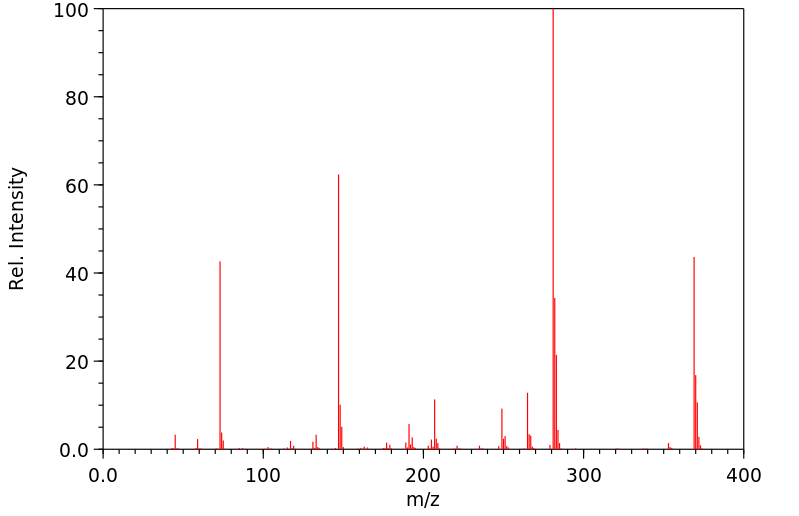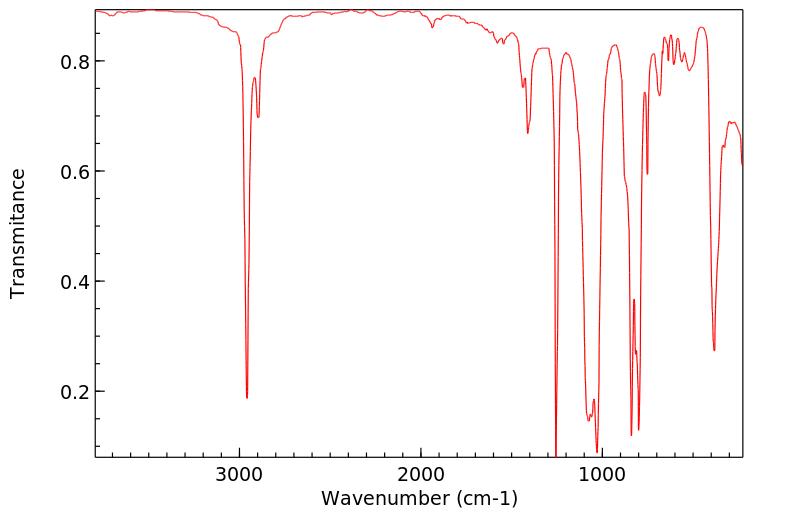毒理性
鉴定和使用:十二甲基五硅氧烷用作耐极端温度的硅油或流体的基础。它还用作石油润滑油中的泡沫抑制剂。人体研究:无数据可用。动物研究:在整个研究过程中,在任何评分间隔内,都没有在任何动物身上看到皮肤刺激、红斑和水肿的迹象。当测试物质以2000毫克/千克体重的剂量涂抹在大鼠皮肤上24小时时,没有观察到毒性效应。在一项为期28天的研究中,口服十二甲基五硅氧烷的大鼠在25、250或1000毫克/千克体重/天的剂量下,没有报告生物学意义的、与治疗相关的影响。在中国仓鼠V79细胞的遗传毒性研究中,无论是否进行活化,结果均为阴性。在使用和不使用活化时,沙门氏菌TA98、TA100、TA1535和TA1537以及大肠杆菌WP2 uvr A的细菌逆向突变试验(Ames试验)结果为阴性。对哺乳动物细胞的诱变性测试在使用和不使用活化时结果为阴性,使用的是L5178Y细胞。生态毒性研究:确定了21天的EC50值大于47纳克/升和NOEC值大于或等于47纳克/升,这些值用于评估测试物质对成年死亡率、繁殖和大型蚤生长的影响。确定了96小时的LC50值大于75纳克/升,用于评估对虹鳟鱼死亡率的影响。
IDENTIFICATION AND USE: Dodecamethylpentasiloxane is used as a basis for silicone oils or fluids designed to withstand extremes of temperature. It is also used as a foam suppressant in petroleum lubricating oil. HUMAN STUDIES: There are no data available. ANIMAL STUDIES: No signs of dermal irritation, erythema and edema were seen at any scoring interval throughout the study on any animal. No toxic effects were observed when the test material was applied to the skin of rats for 24 hours at 2000 mg/kg bw. In a 28-day study no biologically significant, treatment-related effects were reported in rats given dodecamethylpentasiloxane by oral gavage at 25, 250 or 1000 mg/kg bw/day. It was negative in genotoxicity study with and without activation in Chinese hamster V79 cells. Gene mutation (Bacterial reverse mutation assay / Ames test) assay was negative with and without activation in Salmonella typhimurium strains TA98, TA100, TA1535 and TA1537 and Escherichia coli WP2 uvr A. Mutagenicity test to mammalian cells was negative with and without activation in L5178Y cells. ECOTOXICITY STUDIES: A 21-day EC50 of >47 ng/L and NOEC of >/=47 ng/L have been determined for the effects of the test substance on adult mortality, reproduction and growth of Daphnia magna. A 96-hour LC50 value of >75 ng/L has been determined for effects on mortality of Oncorhynchus mykiss.
来源:Hazardous Substances Data Bank (HSDB)








